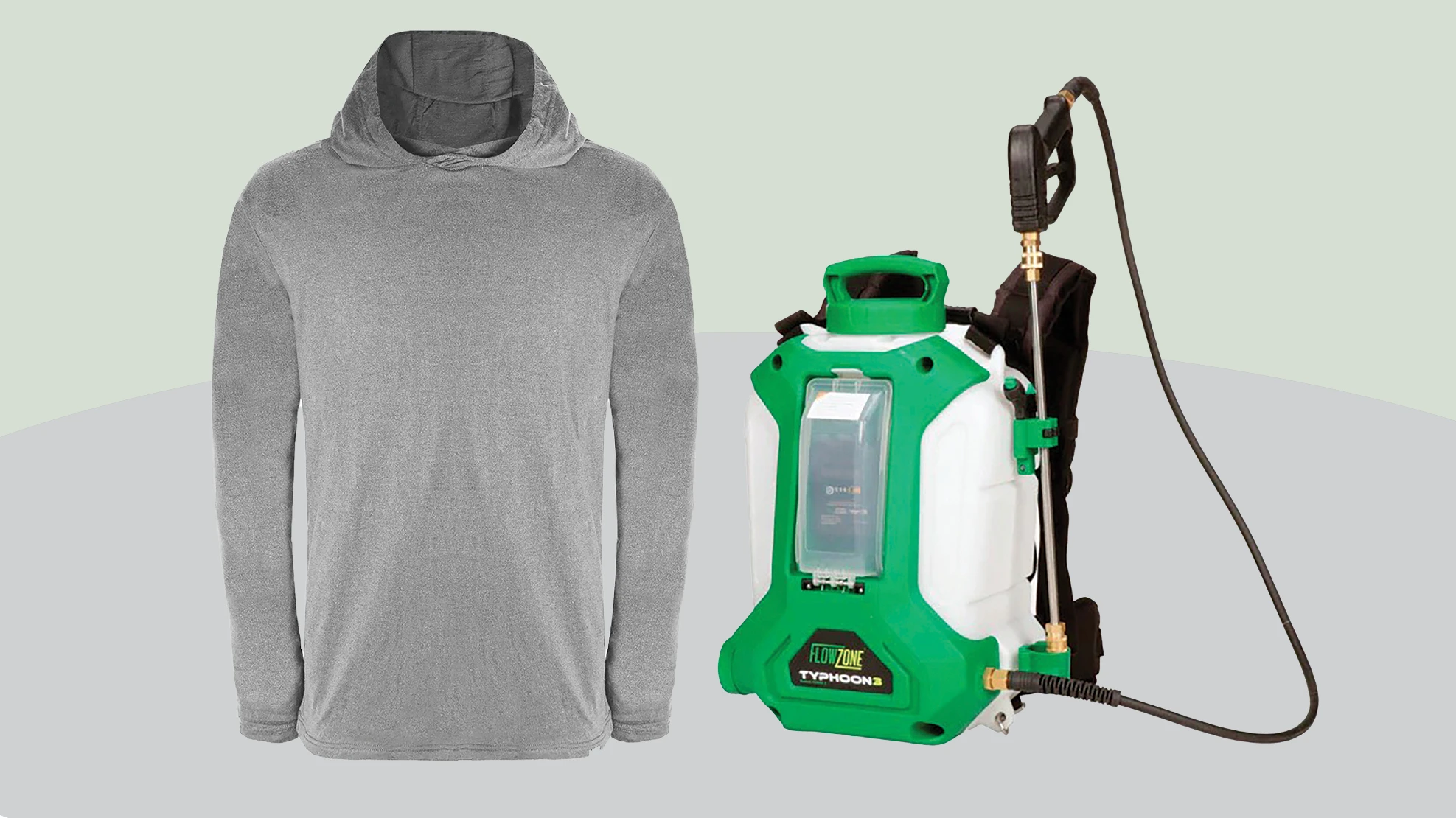
Greenhouse Management: Why is choosing the right kind of greenhouse structure so important?
Gary Baze: Greenhouse structures offer controlled environments where, if it’s designed properly, crop performance and yield are optimized with increased densities, which all result in improved margins for the grower. Given the wide variety of crops, the environmental requirements for one crop may vastly differ from that of another. These differences may include things such as light transmission, ventilation requirements, suspension of crops or equipment off the greenhouse, and even pest management, just few. Greenhouse designs vary to accommodate the different growing requirements. Understanding a grower’s needs is key to selecting the right greenhouse to meet or exceed a grower’s expectations.
GM: What concerns do you hear from growers regarding their greenhouse structures?
GB: The first concern tends to happen more with smaller or medium-sized growers. It’s that, when they’re planning an expansion, they always come back and tell me they wish they had budgeted more square footage for the project. I’ve stopped counting the number of times that I hear growers telling me that they’ve run out of space before they even get the project up and running. So, really trying to be realistic about not only what you need right now, but trying to look ahead to what you might need in the next couple of years in terms of space and availability.
And then the second concern that I hear is the high labor cost of replacing polyethylene. To comply with OSHA regulations, builders have to tie themselves off to be compliant. There are regulations of what’s required to safely harness yourself on the roof of the greenhouse, and that equipment is expensive. It’s hard to produce, it’s hard to transport, and so there are fewer and fewer greenhouse builders who want to replace polyethylene, and those that do have to charge a lot for those services. So, that would probably be the second thing that I hear most people talk about. How they wished they’d invested in rigid covering in the beginning, as opposed to polyethylene, just because of the high labor replacement costs.
GM: What makes Conley’s structures and services different from the competition?
GB: There are a few points that I would pull out of this. The first is that Conley’s offers one of the widest varieties of greenhouses on the market. Everything from 16-foot-wide, ground-to-ground hoophouses, all the way up to 50-foot-wide free-span gutter connected structures. So, we have a huge variety of options for growers to choose from.
The second point would be that we are family owned. The Conley family still owns and runs our business, and we’ve been in business for over 75 years now. These years of experience allow us to provide quality products and design expertise to growers.
And then the last item is that we employ roll-form technology in our manufacturing process. Rather than using round pipe or square tube for our greenhouses, we employ flat sheets of steel which are run through custom roll-form mills. The mills then form that steel into the various shapes required for our specific greenhouse components. Roll-form technology allows us to provide customers a stronger greenhouse for less money, all the while including added amenities to our products, such as condensate control features.

Explore the May 2022 Issue
Check out more from this issue and find your next story to read.
Latest from Greenhouse Management
- The Growth Industry Episode 3: Across the Pond with Neville Stein
- A nation of gardeners: A history of the British horticulture industry
- How Izel Native Plants is solving the native plant conundrum
- Trends: Proven Winners 2025 perennial survey shows strong demand
- Online registration opens for 2025 Farwest Show
- Cashing in with customization
- The Ball Seed Difference
- Lawsuit challenges new H-2 visa rules








